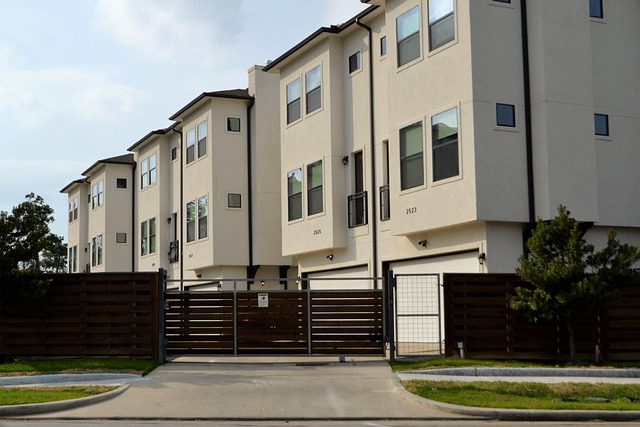Adaptive Reuse: Transforming Abandoned Malls into Thriving Communities
The retail apocalypse has left countless malls across America abandoned and decaying. But innovative developers are breathing new life into these defunct spaces, reimagining them as vibrant mixed-use communities. This trend of adaptive reuse is reshaping suburban landscapes and offering exciting opportunities for investors and residents alike.

By 2017, Credit Suisse predicted that 25% of U.S. malls would close by 2022. The COVID-19 pandemic only accelerated this trend, pushing many struggling malls over the edge. As anchor stores like Sears and JCPenney shuttered, smaller retailers followed suit, leaving vast, empty structures dotting suburban landscapes.
The Concept of Adaptive Reuse
Adaptive reuse is the process of repurposing buildings for new uses while retaining their historic features. In the context of malls, this often means transforming single-use retail spaces into mixed-use developments that combine residential, office, entertainment, and community spaces.
This approach offers numerous benefits. It’s more sustainable than demolition and new construction, preserves local landmarks, and can revitalize struggling communities. For investors, adaptive reuse projects often come with lower acquisition costs and potential tax incentives.
Case Studies: Successful Mall Transformations
Several notable projects showcase the potential of mall adaptive reuse:
-
Arcade Providence (Rhode Island): America’s oldest indoor shopping mall was converted into micro-apartments and ground-floor retail spaces.
-
Westside Pavilion (Los Angeles): This former mall is being transformed into a Google office campus, maintaining its iconic design while adapting to modern needs.
-
Lakeside Mall (Michigan): Plans are underway to convert this struggling mall into a walkable mini-city with housing, offices, and green spaces.
These examples demonstrate how creative thinking can turn retail relics into community assets.
The Financial Landscape of Mall Redevelopment
Adaptive reuse projects can be financially attractive for several reasons. Acquisition costs for failing malls are often lower than prime real estate, and many local governments offer incentives for redevelopment projects that promise to revitalize communities.
However, these projects also come with challenges. Renovation costs can be high, especially when dealing with asbestos or outdated systems. Zoning changes may be necessary, which can be time-consuming and politically fraught.
Despite these hurdles, successful projects have shown impressive returns. The Arcade Providence, for instance, has maintained near 100% occupancy since its conversion, with a waiting list for its micro-apartments.
Community Impact and Social Benefits
Beyond financial considerations, mall redevelopment projects can have significant positive impacts on communities. They can create affordable housing options, provide much-needed office space in suburban areas, and offer community gathering spaces.
Moreover, these projects can help combat suburban sprawl by densifying existing developed areas rather than expanding into undeveloped land. This aligns with growing preferences for walkable, mixed-use neighborhoods among both younger and older generations.
Challenges and Considerations
While adaptive reuse of malls offers exciting possibilities, it’s not without challenges. Developers must navigate complex zoning laws, which often need to be updated to allow for mixed-use development. Community resistance can also be a factor, particularly if residents are attached to the mall’s original form or concerned about increased density.
Environmental considerations are another crucial aspect. While reuse is generally more sustainable than new construction, many older malls contain hazardous materials that require careful remediation.
The Future of Mall Redevelopment
As more malls face closure, the trend of adaptive reuse is likely to accelerate. Future projects may incorporate emerging trends like co-living spaces, telemedicine centers, or vertical farming operations.
The success of these projects will depend on thoughtful design that creates true community hubs, not just apartment complexes with ground-floor retail. Developers who can balance historic preservation, modern amenities, and community needs will be best positioned to succeed in this growing market.
Conclusion: A New Chapter for Suburban Landscapes
The adaptive reuse of malls represents more than just a real estate trend—it’s a reimagining of suburban life. By transforming these abandoned giants into mixed-use communities, developers are creating new opportunities for living, working, and gathering.
For investors, these projects offer a chance to participate in the reshaping of American suburbia. While challenges exist, the potential rewards—both financial and social—make mall redevelopment an intriguing opportunity in the evolving real estate landscape.
As we move forward, the success of these projects will likely inspire even more creative approaches to adaptive reuse, not just of malls, but of other obsolete structures as well. In doing so, we may find that the key to building our future lies in reimagining our past.





